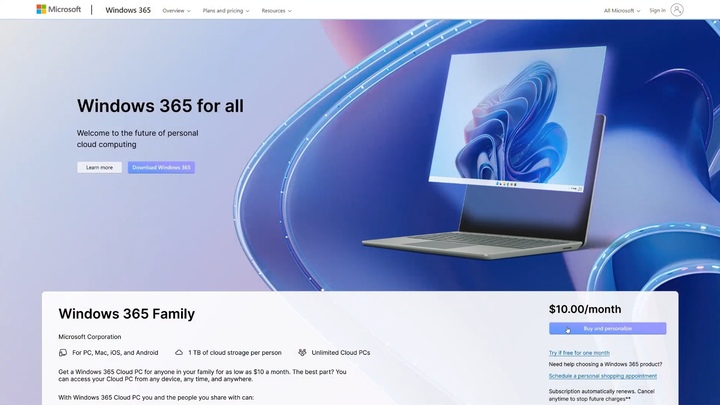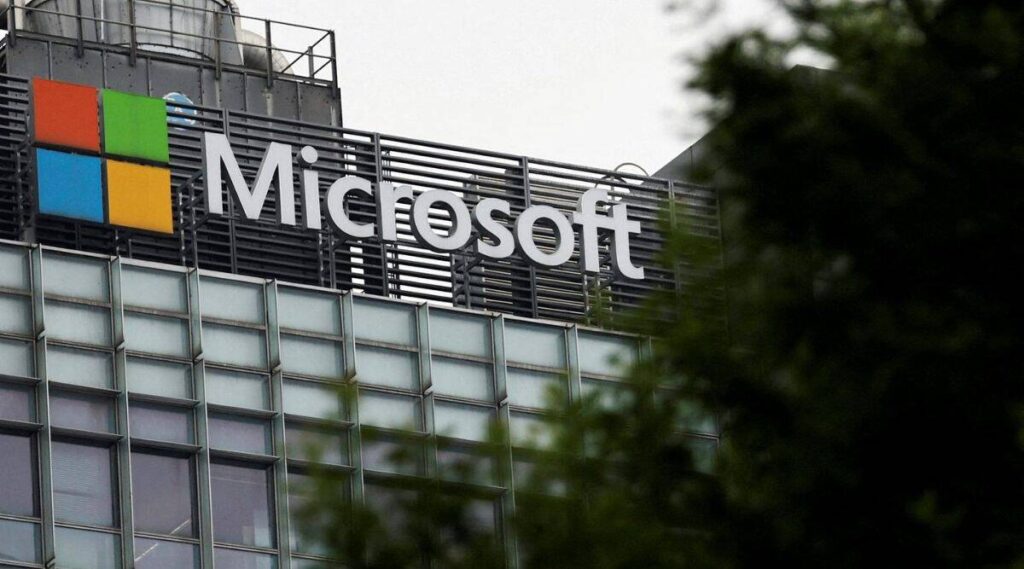Microsoft Says It Will Protect Customers from AI Copyright Lawsuits
In response to growing concerns about the misuse of artificial intelligence (AI) in generating harmful content, Microsoft has pledged to take significant steps to protect its customers from potential legal repercussions.

This commitment comes as Australia is set to implement a new code that mandates search engines like Google and Bing to prevent the dissemination of child sexual abuse material created by AI.
The new code, drafted at the Australian government’s request, seeks to ensure that search engines do not return results that include AI-generated child sexual abuse material. It also prohibits AI functions integrated into these search engines from producing synthetic versions of such harmful content, commonly referred to as deepfakes.
According to e-Safety Commissioner Julie Inman Grant, the rapid proliferation of generative AI has taken the world by surprise. She emphasized that the code signifies a crucial development in the regulatory and legal landscape surrounding internet platforms. This landscape is evolving in response to the explosion of products that automatically generate lifelike content, presenting new challenges and responsibilities for tech giants like Google and Microsoft.
Inman Grant highlighted that an earlier code proposed by Google and Microsoft did not address AI-generated content adequately. Consequently, she called upon these industry giants to reevaluate and improve the code to align with the emerging AI landscape.
“When the biggest players in the industry announced they would integrate generative AI into their search functions, we had a draft code that was clearly no longer fit for purpose. We asked the industry to have another go,” Inman Grant explained.
Microsoft’s commitment to protecting its customers from AI-generated content reflects its dedication to responsible AI development and its recognition of the evolving legal and ethical concerns associated with AI. As a responsible tech leader, Microsoft is poised to play a pivotal role in shaping the industry’s response to these challenges.
This development comes on the heels of the Australian regulator registering safety codes for various other internet services, including social media, smartphone applications, and equipment providers. These codes are set to take effect in late 2023, marking a significant milestone in Australia’s efforts to ensure online safety and security.
Read More: Australia to Require AI-made Child Abuse Material to be Removed from Search Results
While this regulatory initiative is a positive step towards addressing the risks posed by AI-generated content, it also raises questions about privacy and the balance between security and personal freedoms. The regulator is still in the process of developing safety codes related to internet storage and private messaging services, an endeavor that has faced resistance from privacy advocates worldwide.
In conclusion, Microsoft’s commitment to protecting its users from AI-generated harmful content is a proactive response to evolving challenges in the digital landscape. As technology continues to advance, it is imperative for industry leaders to collaborate with regulators and stakeholders to establish responsible guidelines and practices for the responsible use of AI.

I am a law graduate from NLU Lucknow. I have a flair for creative writing and hence in my free time work as a freelance content writer.





